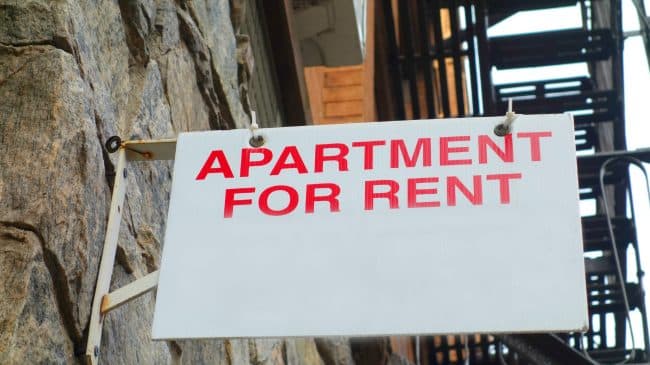In November, Californians will vote on Proposition 10, which would repeal the state law that limits cities from regulating rents on buildings occupied after February 1995. With rents skyrocketing across the state, capping rents may seem attractive, but experience shows rent control laws have serious downsides, including stifling investment in housing and building improvements, creating shortages and wasting time and money in litigation.
The textbook case against rent control comes from New York City, where government intervention in the rental market started in 1943. For decades, tightly-controlled rents failed to cover basic maintenance and operating costs. As a result, builders added few new rental units and landlords let buildings deteriorate since they couldn’t increase rents to pay for needed upkeep.
By 1968, New York’s vacancy rate — the percentage of rental properties available — fell to 1.23 percent. For comparison, the vacancy rate in Los Angeles today is 3.7 percent. Many New York neighborhoods became blighted and abandoned buildings became common. Over 200,000 rental units were abandoned in the 1960s and ‘70s as rent control restrictions, along with other policies, reduced the South Bronx and parts of Bedford-Stuyvesant and Harlem to rubble.
Rent controls gave way to “rent stabilization” in 1969, but New York rents continued to fall short of breakeven costs for property owners. Lawmakers addressed neglected buildings by imposing a “duty to repair” on landlords. Enforcement, however, was difficult and landlords, tenants and regulators often ended up in court.
In 1994, New York City finally decontrolled rents on apartments occupied by high-income residents and on high-end units that became vacant.
New York’s rent controls created shortages and under-investment. And while the people who needed affordable apartments most often struggled to find them, many well-off tenants lived in rent-controlled apartments for decades. When rent is heavily regulated, tenants have incentives to hold onto apartments. Older adults will remain in three-bedroom units after their children leave home. Others sublet their apartments or invite relatives to assume their leases instead of giving up rent-controlled apartments. Thus, young people cannot find affordable housing for their growing families, and newcomers have to find roommates to share costs, or buy expensive co-ops or condos — if they can afford them.
Before the Costa-Hawkins Rental Housing Act several California cities had stringent rent controls. Their adverse impacts were not as pronounced as those in New York because they remained in effect for shorter periods and affected contiguous areas with much smaller populations.
In Los Angeles County, rent regulations started in the late 1970s, lasting less than 17 years before being pared back by Costa-Hawkins. Although Los Angeles, Beverly Hills, Santa Monica and West Hollywood imposed rent controls, nearby Burbank, Culver City, Inglewood and Long Beach did not.
But now Proposition 10 could usher in a dramatic wave of rent controls. If many cities adopt them, the long-term damage could be severe. A better approach is to promote an adequate supply of housing. When enough apartments are available, landlords compete for tenants, providing more amenities at lower costs. In many parts of California, NIMBYism and a bias against development cause restrictions that choke off new housing and rental construction. Zoning laws, regulations on minimum unit sizes, and building height restrictions all raise the cost of housing.
Today, in farsighted cities like Walnut Creek, large numbers of rental units are being built to meet the demands of the Bay Area’s strong economy. Developers build because they’re confident that rents will cover the steep construction and operating costs they face. But they’re likely to stop adding rental housing if Prop. 10 succeeds. Instead, they may follow investor Ben Lamson, who is selling off 100 rental units in the Inland Empire to buy in Las Vegas. “I started getting a little freaked out or a little scared or concerned that this [rent control] could really happen,” Lamsom told The Wall Street Journal. He’s not alone. Californians should freak out if the consequences that New Yorkers know all too well come to the state via Prop. 10.
This column originally ran in The Orange County Register.
Marc Joffe is a senior policy analyst at Reason Foundation and John F. Kunze serves on the Advisory Council of the Atlas Network.

